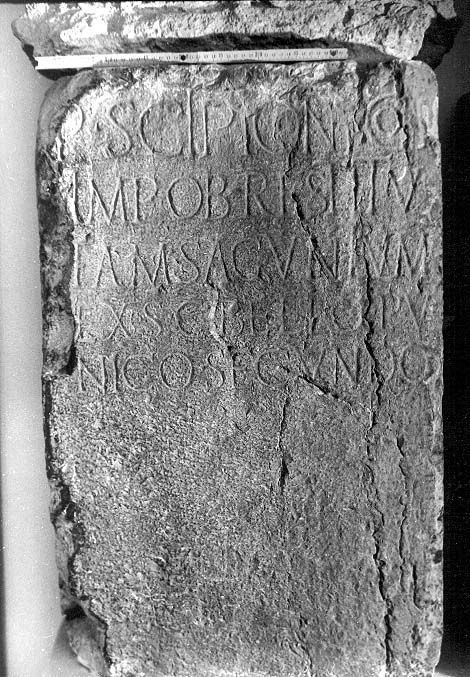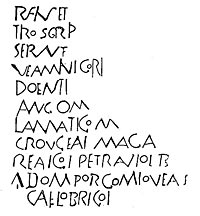By María José Estarán Tolosa
Last monday I had the great opportunity of sharing a part of my research with some members of the Faculty of Classics of the University of Oxford, in the presentation of LatinNow in the Epigraphy Seminar organized at the Ioannou Centre. The room was crowded, and I think that the point that we wanted to adress was clear: the questions we want to answer in the next five years were posed, the method we want to follow was described, the sociolinguistical contexts of each region were explained, and the members of the team were introduced to the academic community… In less than an hour!
My contribution to the project, as a research affiliate of LatinNow, is to produce research on Latinization of the Iberian Peninsula, together with Noemí Moncunill, who is leading the work on that region as a research fellow of the project. I am focusing on sociolinguistical issues, carrying out a comparative study of the Latinization of the texts on coins and on epigraphy, taking into account the political context and the historical events.
My presentation for the Epigraphy Seminar consisted of Saguntum, an amazing case study given the rich epigraphic and archaeological materials preserved. The siege of Saguntum and its strong loyalty to Rome (see the dedicatory inscription to Scipio for the liberation and reconstruction of the city, inscribed in early Imperial times! Fig.1) derived in the landing of the Roman army in 218 BC in Spain.
Fig. 1: Inscription CIL II/14 327 (early Imperial times). Honorific inscription dedicated to Publio Scipio for the liberation of Saguntum. Picture: http://www3.uah.es/imagines_cilii/CILII/tarrac2.htm
In order to show outwardly this strong link to Rome, Saguntum produced bilingual coins, in Latin and Iberian, with the type of the prow between 130 and 72 BC.
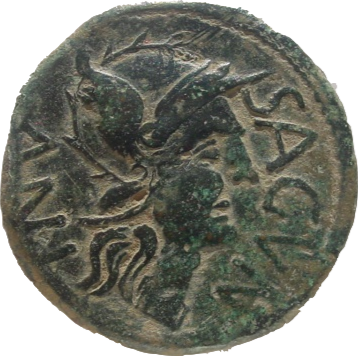
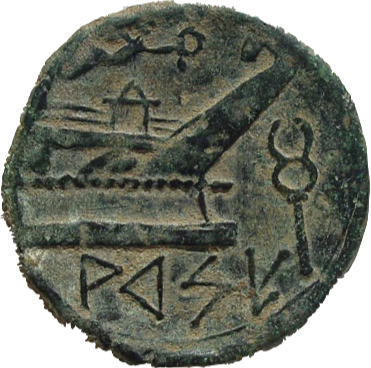
Fig. 2: Bilingual coin from Saguntum (130-72 BC). Picture: http://rgonzalez.blogspot.es/1261559340/monedas-arse-sagunto-descripcion-imagenes/
The interesting point is that, although Saguntum produced many lapidary inscriptions in Republican times, all them are written in in Iberian language and script. These documents indicate that Saguntum lived a situation of societal bilingualism in Republican times, and that their elites likely chose Latin to perform their Romanitas outwardly, since coins obviously circulated more widely than inscriptions on stone.
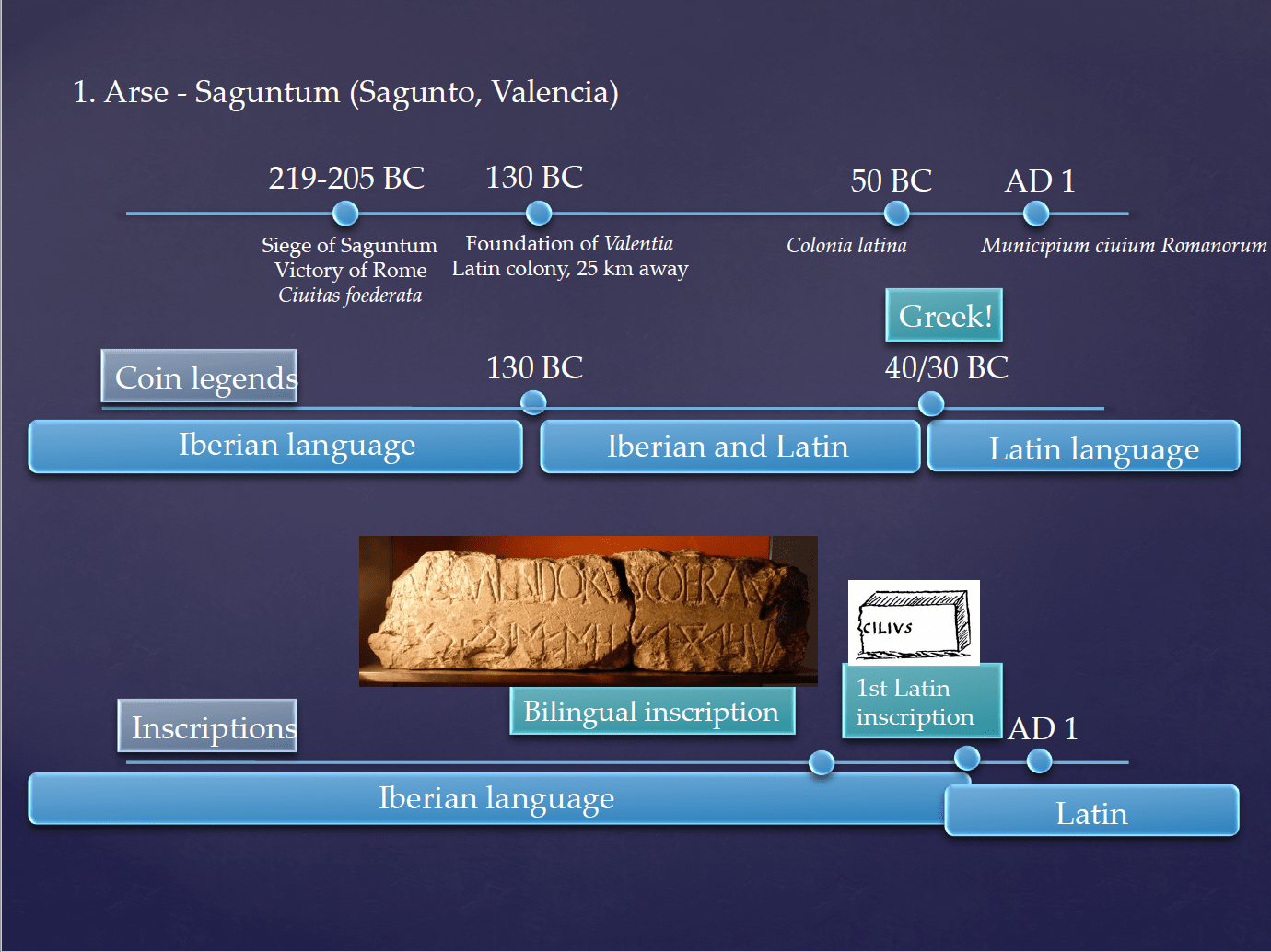
Fig. 3: Languages timeline, Saguntum (MJET).
After that, I explained a completely different case study from the other side of the Iberian peninsula, so I could illustrate the linguistic and epigraphic heterogeneity of Hispania: the case of linguistic retention in the religious inscriptions of Lusitania. This hypothesis is based only on epigraphy, not in coins. We can infer that there was a sort of linguistic retention of the local language for religious matters thanks to two mixed inscriptions (heading in latin mentioning the author of the inscription, then commemoration of sacrifices / offerings in Lusitanian) and also thanks to c. 20 Latin dedicatory inscriptions where the theonym has Lusitanian morphology.
Fig. 4: Lusitanian inscription from Lamas de Moledo, Sabugal (Portugal). Picture: Monumenta Linguarum Hispanicarum IV L.2.1.
My stay in Oxford was more than a presentation of this promising project: teamworking with LatinNow members (Alex, Francesca and Noemí) and preparing the next events of the project was really exciting and constructive!
